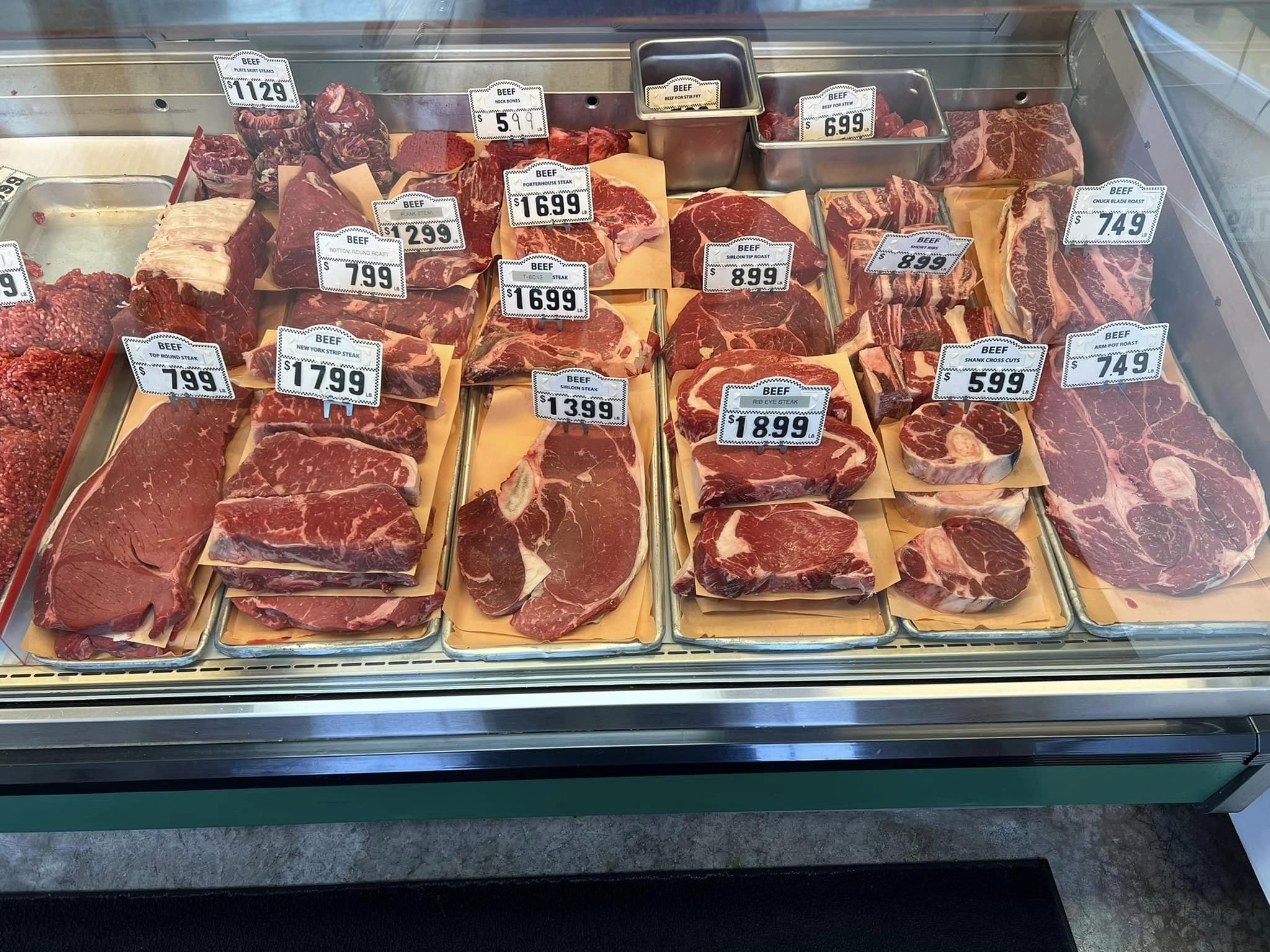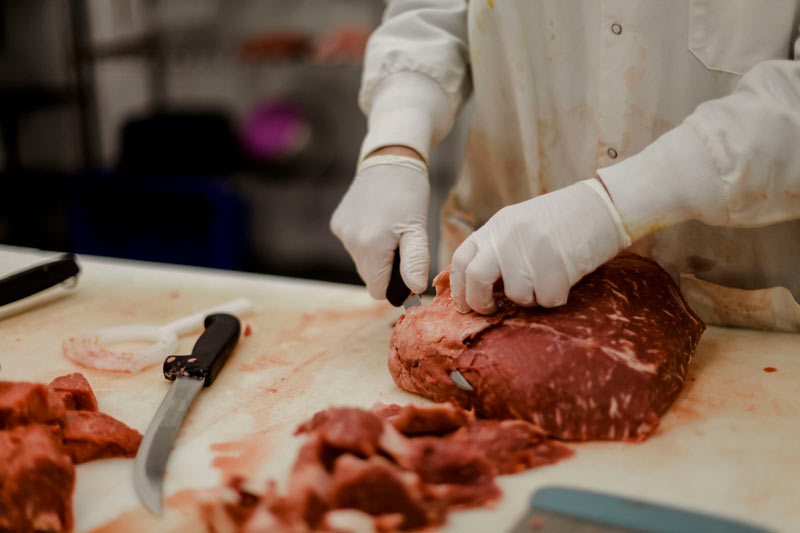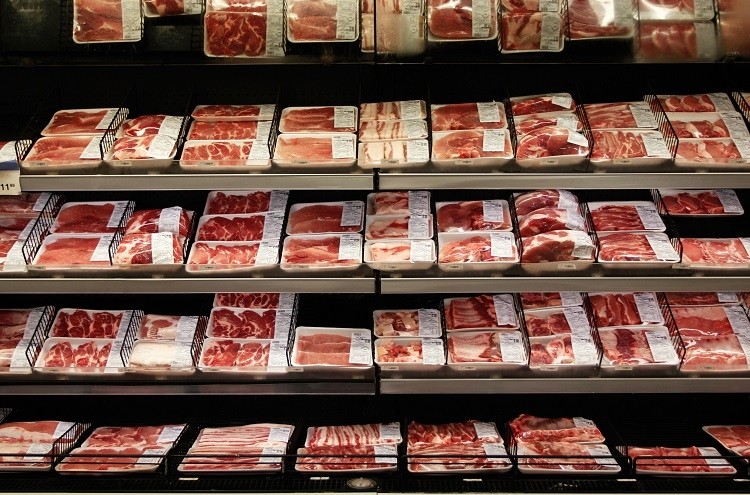Reveal the Art of the Butcher's Cut in a Modern Meat Market
In the ever-evolving landscape of contemporary meat markets, the butcher's cut has transcended its typical roots, combining age-old workmanship with contemporary techniques. What really establishes the contemporary butcher apart is their capacity to create a much deeper connection in between consumers and the beginnings of their meat.
Development of Butchery Strategies

The mid-20th century saw butchery techniques even more refined by clinical understandings right into muscle mass biology and meat aging, enhancing both tenderness and preference. Developments like vacuum product packaging and refrigeration expanded item shelf-life, permitting butchers to diversify offerings and enhance quality assurance. This period also noted the increase of specific equipment, such as band saws and meat slicers, which raised accuracy and efficiency in meat handling.
The 21st century has actually introduced digital modern technology right into the butchery realm. Digital systems now aid in tracking pet provenance and enhancing cuts to meet specific consumer preferences. In addition, a rebirth in artisanal butchery has arised, blending traditional abilities with modern expertise to accommodate customers seeking moral and sustainable meat alternatives. This development underscores a vibrant interaction between practice and advancement, meeting contemporary demands while maintaining the craft's heritage.

Recognizing Meat Cuts

Comprehending the ins and outs of meat cuts is necessary for both butchers and consumers seeking quality and worth. Each cut originates from a various component of the pet, passing on distinct flavors, appearances, and food preparation techniques. Mastery of these distinctions not just boosts cooking experiences but also takes full advantage of the utility of each carcass. For butchers, specific cuts mirror skill and regard for the craft, guaranteeing marginal waste and optimal yield.
The main classifications of meat cuts consist of primitive, sub-primal, and retail cuts. Primal cuts, such as the loin, rib, and chuck, are the big sections at first separated from the carcass. Butchers after that break these down further right into sub-primal cuts, before ultimately producing retail cuts readily available to consumers, like ribeye or tenderloin. Each phase requires cautious attention to physiological structure and muscular tissue structure.
Understanding muscle mass make-up is important; muscles used a lot more frequently by the animal often tend to be tougher and are best fit for slow-moving cooking methods, while less-used muscle mass, like those located in the loin, are more tender and suitable for cooking or roasting. Experience with these differences empowers consumers to make educated selections, boosting their culinary endeavors.
Selecting Top Quality Meat
Picking the best meat involves greater than just picking a visually appealing item from the screen. The art of choosing high quality meat needs a discerning eye and knowledge of specific attributes that signify quality and excellence. To start with, take notice of the shade; beef needs to have an intense, cherry-red color, while lamb ought to exhibit a soft pink tone, and pork a pale pink. This indicates the meat is fresh and hasn't been revealed to oxygen for as well long.
Secondly, think about the marbling, which refers to the white streaks of fat within the muscle mass. Appropriate marbling is a key indication of tenderness and taste, as it melts throughout food preparation, improving the meat's juiciness. Remember, greater marbling commonly correlates with exceptional quality cuts, such as USDA Prime.
Appearance is an additional important variable; meat must feel solid to the touch, not slimed or excessively soft. In addition, bear in mind the aroma. Fresh meat ought to have a tidy, neutral smell, without any type of sour or repulsive odors.
Combining Cuts With Food Preparation Methods
Efficiently pairing cuts of meat with the proper food preparation methods is essential for accomplishing optimum flavor and structure. Various cuts vary in tenderness, marbling, and connective tissue web content, each requiring particular techniques to unlock their possibility. For example, tender cuts like filet mignon and ribeye, with their inherent marbling, gain from high-heat, quick-cooking approaches such as cooking or pan-searing. These techniques improve the meat's all-natural tastes and ensure a juicy coating.
Conversely, tougher cuts like brisket and chuck roast click for source are rich in collagen, which damages down right into jelly when cooked slowly. These cuts are perfect for braising or sluggish roasting, enabling the meat to tenderize in time and develop deep, complex see page flavors. Cuts such as short ribs and pork shoulder make out well with slow-cooking methods, where prolonged cooking times transform their durable appearances right into succulent dishes.
Lamb shanks and oxtail, which require long term food preparation to tenderize, are ideal prospects for stewing or sluggish simmering. These approaches coax out rich, hearty tastes while preserving moisture. By recognizing the unique features of each cut, cooks and home cooks alike can elevate their cooking developments, guaranteeing each recipe is both satisfying and memorable.
The Butcher's Duty Today
Navigating the advancing landscape of the modern-day meat market, the butcher's role today expands beyond simple prep work of cuts. Contemporary butchers are culinary artisans, instructors, and advocates for lasting techniques.
Along with crafting specific cuts, butchers now involve straight with clients, offering cooking recommendations and tailoring choices to match individual requirements and choices. Their experience in meat aging, marbling, and flavor profiles encourages consumers to make educated choices, improving their cooking experiences. This individualized solution exhibits the butcher's developing duty as a relied on expert in the cooking area.
In addition, butchers are pivotal in minimizing waste, making use of whole pets to produce varied items such as sausages and supplies - bagley farms meat market edwardsville il. This thorough technique not only respects the animal yet additionally straightens with modern sustainability goals. In this way, the modern butcher embodies both custom and technology, adjusting to an ever-changing market while protecting the creativity and integrity of their craft

Verdict
Proficiency in understanding diverse meat cuts and high quality signs encourages butchers to provide enlightened recommendations, straightening certain cuts with optimal cooking approaches. By recognizing historic techniques while accepting modern demands, the butcher's function my sources stays crucial in today's sophisticated meat market.